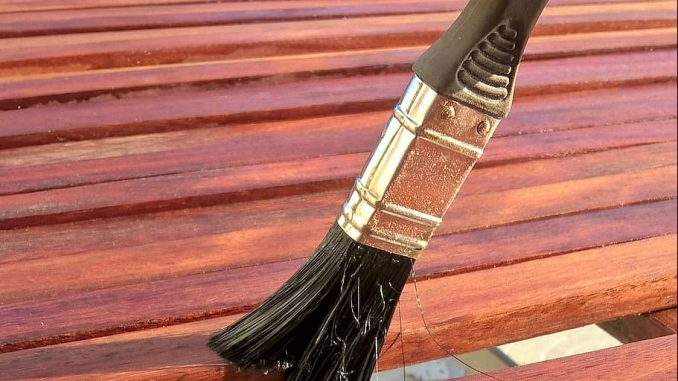
Brown paint is a versatile color that adds warmth and richness to any artwork or DIY project. Making your own brown paint allows you to customize the shade to your liking and saves you a trip to the store. In this guide, we will walk you through the process of creating brown paint using primary colors and common household materials. Get ready to unleash your creativity and produce beautiful shades of brown!
How to make brown
To make brown paint, these are the different colour combinations that you can put together to make brown:
- Yellow + purple
- Red + green
- Blue + orange
- Orange + black
What materials do you need to make brown paint?
- Red paint (acrylic or watercolor)
- Yellow paint (acrylic or watercolor)
- Blue paint (acrylic or watercolor)
- Palette or mixing surface
- Paintbrush
- Water (if using watercolor)
- Paper towels or a rag
Step 1: Start with Red and Yellow Begin by squeezing a small amount of red paint onto your palette or mixing surface. Next, add an equal amount of yellow paint next to the red. Adjust the quantities based on the intensity of brown you desire. Remember, red and yellow are primary colors that can create various shades of brown.
Step 2: Mix the Colors Using a paintbrush or palette knife, blend the red and yellow paints together. Start with small, controlled strokes, gradually mixing the colors until you achieve a vibrant orange shade. Keep experimenting with different proportions until you find the desired hue of brown.
Step 3: Add a Touch of Blue To deepen the orange shade and transform it into brown, introduce a small amount of blue paint to the mixture. Blue is the complementary color to orange, and it helps create a more natural-looking brown. Add a tiny amount at a time and mix thoroughly to avoid overpowering the color. Continue adjusting the amounts until you achieve your preferred shade of brown.
Step 4: Test and Adjust To ensure you’ve achieved the desired hue, test the brown paint on a piece of paper or canvas. Observe how it dries and compare it to the brown tones you have in mind. If necessary, you can always make further adjustments by adding more red, yellow, or blue paint to achieve your desired result.
Step 5: Clean and Store After you’ve finished using the brown paint, clean your brushes and palette to prevent the colors from mixing unintentionally. If you have any leftover paint, transfer it to a small airtight container or seal it with plastic wrap for future use.
Tips on making brown paint
- Start with small amounts of paint and gradually build up the color. It’s easier to darken the shade than to lighten it.
- Experiment with different ratios of red, yellow, and blue to create various shades of brown.
- Use quality paints for better color mixing and longevity.
- Keep a record of the proportions used for future reference, especially if you want to recreate a specific shade of brown.
Creating your own brown paint allows you to explore and customize various shades to suit your artistic needs. By blending primary colors, you can achieve a wide range of browns, from warm and earthy tones to deeper, richer hues. Follow the steps in this guide, and don’t hesitate to experiment and adjust until you find the perfect brown that inspires your creativity. Happy painting!

Leave a Reply